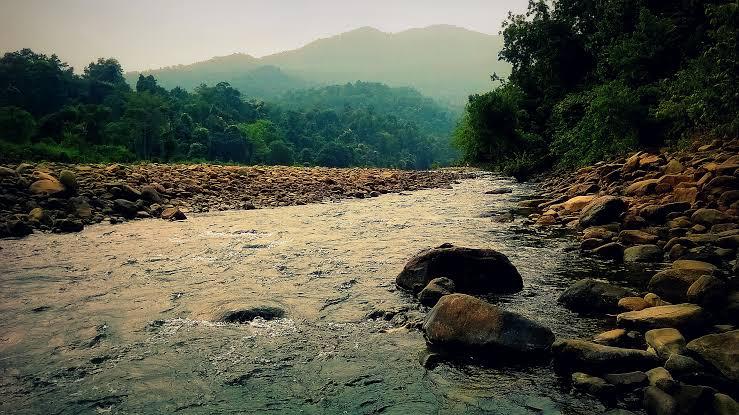New Delhi: The Ministry of Environment, Forest and Climate Change on Monday launched a river rejuvenation plan through forestry intervention for 13 major rivers and their tributaries across India.
The Detailed Project Report (DPRs) on rejuvenation through forestry interventions were released for rivers Jhelum, Chenab, Ravi, Beas, Sutlej, Yamuna, Brahmaputra, Narmada, Godavari, Mahanadi, Krishna, Cauvery, and Luni.
What was the idea behind these DPRs?
In 2015-16, the Forest Research Institute (FRI), Dehradun under the Indian Council of Forestry Research and Education (ICFRE), Dehradun had prepared the DPR for the National Mission for Clean Ganga (NMCG) wherein it had designed, developed, and adopted a multifaceted approach for planning, assessment, and preparation of DPR focusing on forestry interventions and providing a comprehensive strategy for programme implementation including varied interventions.
The project adopted a multi-scale, multi-stakeholder, multidisciplinary and holistic approach so as to accomplish broad objectives of ‘Aviral Dhara’ (uninterrupted flow), ‘Nirmal Dhara’ (clean water), and ecological rejuvenation. Same is now being applied for the 13 identified rivers.
How much area/landscape is expected to be rejuvenated?
The 13 rivers collectively cover the total basin area of 16,11,149 sq km that represent 49.01 per cent geographical area of the country. The 13 riverscapes delineated adopting variable-width forest buffers covered the total geographical extent of 4,68,222 sq km and it represented 29.06 per cent of the cumulative basin area of 13 rivers under consideration.
The cumulative length of 13 rivers along with their different tributaries included within the delineated riverscapes amounts to 44,954 km. The Brahmaputra Riverscape incorporated the highest number of tributaries (30) and 1,54,456 sq km area, respectively.
What are the interventions planned?
The DPRs recognise the merit of adopting a holistic riverscape approach for forestry interventions in three types of landscapes viz., natural, agriculture, and urban within the vast expanse of a riverscape besides conservation interventions including soil and moisture conservation measures, riverine and riparian wildlife management, and wetland management.
These are done with supporting activities such as policy level interventions, strategic and adaptive research, capacity development, awareness creation, project management and participatory monitoring & evaluation).
What are the potential benefits of the proposed interventions?
The proposed interventions as envisaged by all the DPRs are expected to increase the cumulative forest cover of 7,417.36 sq km across 13 riverscapes. The value of increase in forest cover among 13 riverscapes is likely to range from 80.85 sq km to 1,813.52 sq km. Proposed interventions would help in sequestration of CO2 to the extent of 50.21 million tonnes of CO2 equivalent in 10-year-old plantations while the value of estimated CO2 sequestered in 20-year-old plantations would be 74.76 million tonnes of CO2.
Varied proposed interventions in 13 riverscapes would help in ground water recharge to the extent of 1,889.39 million cubic metres per year and reduction in sedimentation to the tune of 64,83,114 cubic metres per year.
In addition, a wide variety of non-timber and other forest produce of estimated value of Rs 449 crore is likely to be accrued on account of proposed forestry interventions. Further, the execution of planned activities as provisioned in 13 DPRs are anticipated to make a significant contribution towards employment generation by way of nearly 344 million man-days of work.
The ultimate aim is: ‘Aviral Dhara’ (continuous flow), ‘Nirmal Dhara’ (clean and clear flow) and ‘Swachchh Kinara’ (cleaner banks) with improved terrestrial and aquatic biota, and livelihoods.
(Except for the headline, this story has not been edited by Sambad English staff and is published from a syndicated feed.)


Comments are closed.